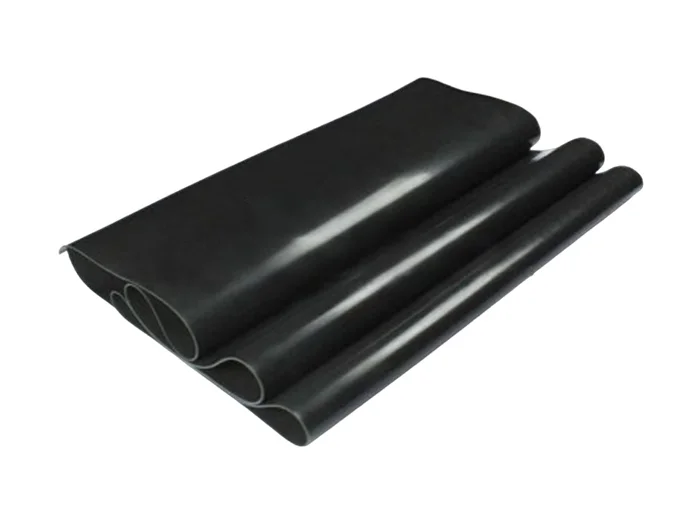The Silent Threat: Do Laser Printers Dry Out When Left Unused?
3 min readIn the realm of printing technology, laser printers have carved out a niche for themselves due to their efficiency, speed, and high-quality output. However, a common concern among users is whether these machines can suffer from issues related to inactivity. Specifically, do laser printers dry out if not used for extended periods? This article delves into the mechanics of laser printers, the implications of prolonged inactivity, and best practices to maintain optimal performance.
Understanding Laser Printer Technology
To grasp the potential issues of inactivity, it’s essential to understand how laser printers operate. Unlike inkjet printers, which use liquid ink that can dry out and clog the print heads, laser printers utilize a dry powder known as toner. This toner is fused onto the paper using heat and pressure, a process that is fundamentally different from the inkjet method.
The Myth of Drying Out
One of the most significant advantages of laser printers is that they are less susceptible to the drying out issues that plague inkjet printers. Toner does not dry out in the same way that liquid ink does. However, this does not mean that laser printers are immune to problems caused by inactivity.
When a laser printer is not used for an extended period, several factors can affect its performance:
- Toner Settling: While toner itself does not dry out, it can settle in the cartridge over time. This settling can lead to uneven distribution when the printer is finally used again, resulting in inconsistent print quality.
- Drum Unit Degradation: The drum unit, which is responsible for transferring the toner to the paper, can also be affected by inactivity. If the drum is not rotated regularly, it may develop issues such as scratches or uneven wear, which can impact print quality.
- Electrical Components: Laser printers rely on various electrical components, including the fuser unit, which can degrade if not used regularly. Dust and debris can accumulate in the printer, potentially leading to malfunctions when the printer is finally powered on.
Best Practices for Maintaining Laser Printers
To ensure that your laser printer remains in optimal condition, even during periods of inactivity, consider the following best practices:
- Regular Usage: Aim to use your laser printer at least once every few weeks. This helps keep the toner evenly distributed and ensures that the drum unit and other components remain functional.
- Proper Storage: If you anticipate not using your printer for an extended period, store it in a cool, dry place. Avoid areas with high humidity, as moisture can affect the toner and internal components.
- Periodic Maintenance: Conduct regular maintenance checks, including cleaning the printer and checking the toner levels. Most laser printers have a maintenance mode that can help you perform these checks easily.
- Use Quality Toner: Always use high-quality toner cartridges that are compatible with your printer. Inferior toner can lead to clogs and other issues, especially if the printer is not used frequently.
- Keep It Covered: If your printer is in a dusty environment, consider covering it when not in use. This can prevent dust from settling on the internal components and affecting performance.
Conclusion
In summary, while laser printers do not dry out in the traditional sense, they can still experience issues related to inactivity. Understanding the mechanics of your printer and implementing best practices for maintenance can help ensure that it remains in good working order, even during periods of non-use. By taking proactive steps, you can extend the life of your laser printer and maintain the quality of your printed materials.


